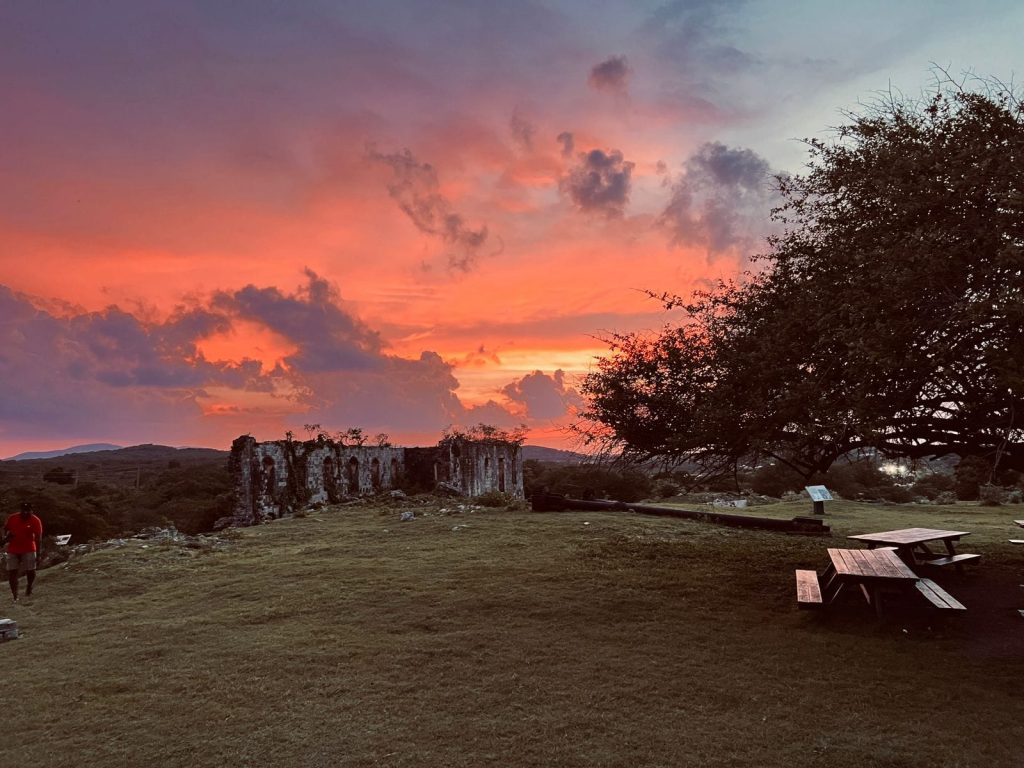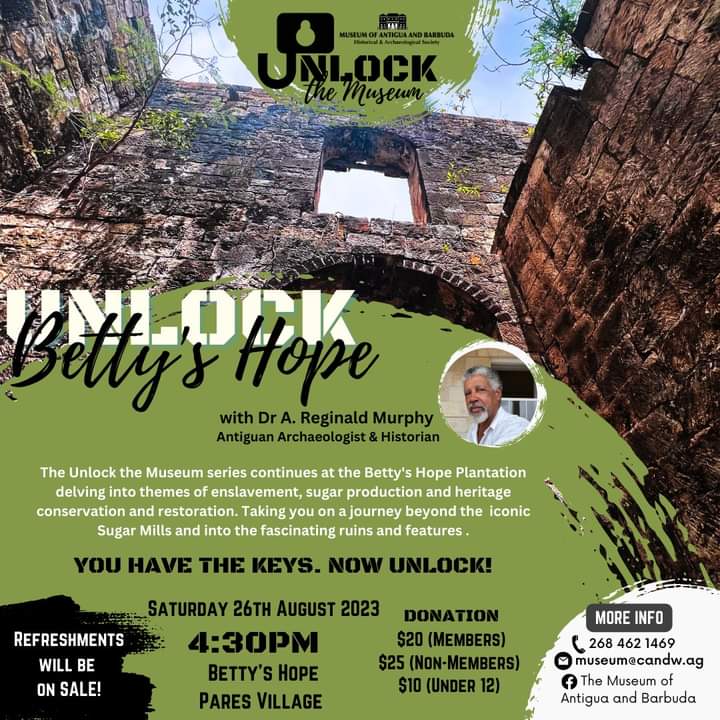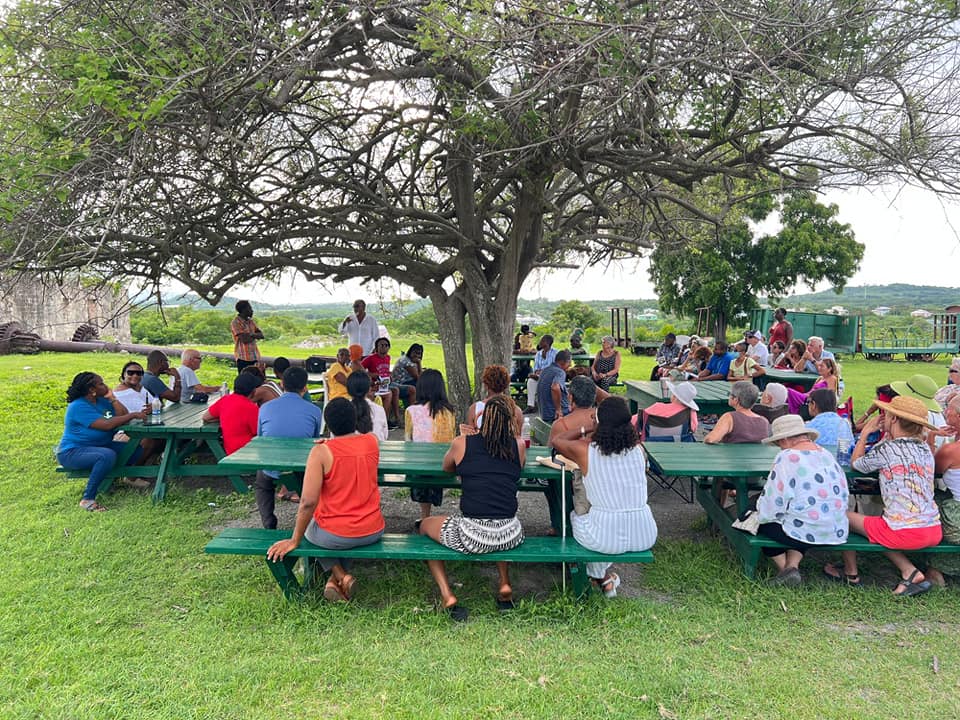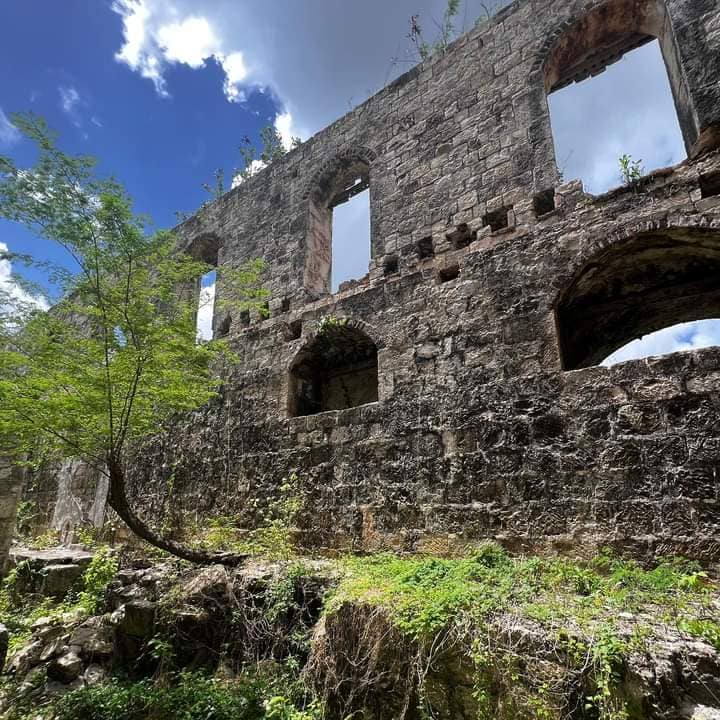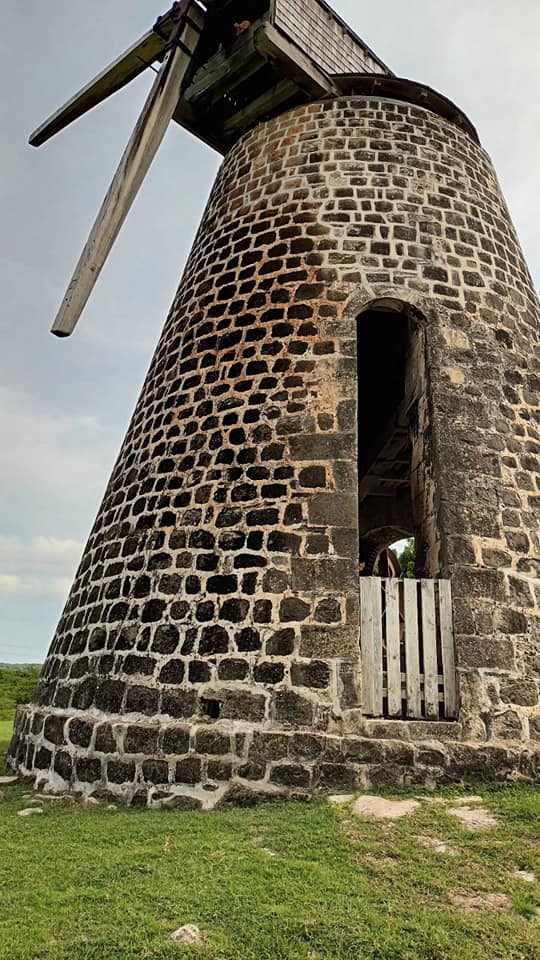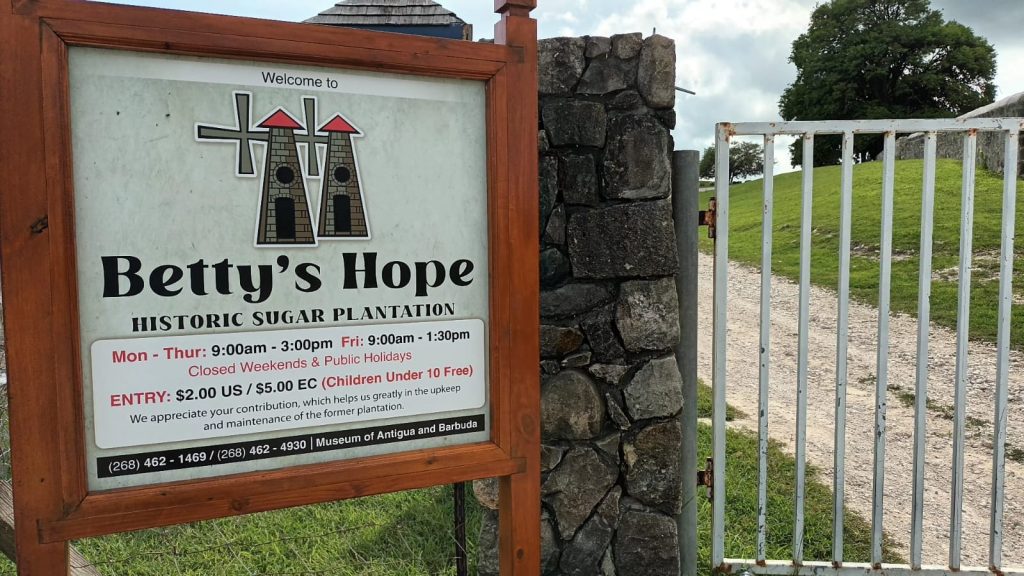Betty’s Hope Trust
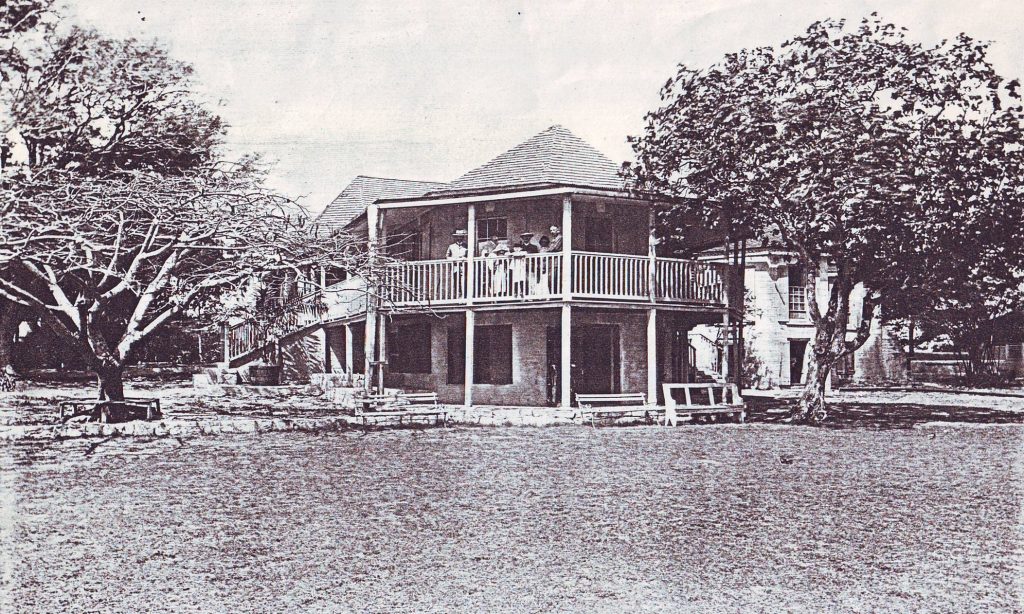
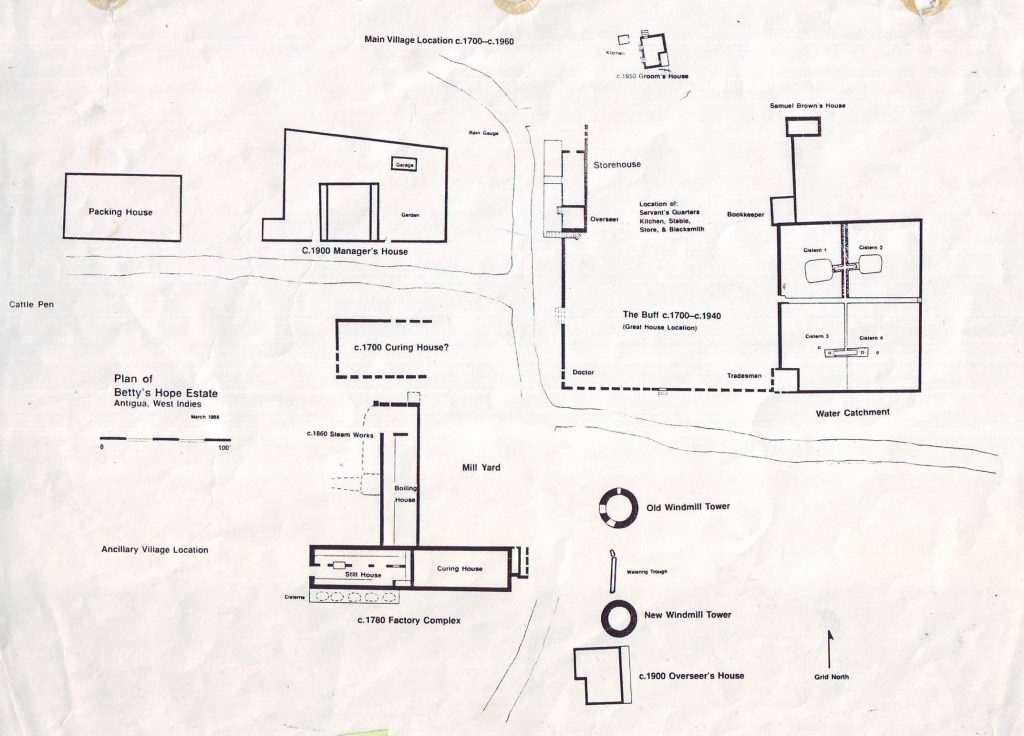
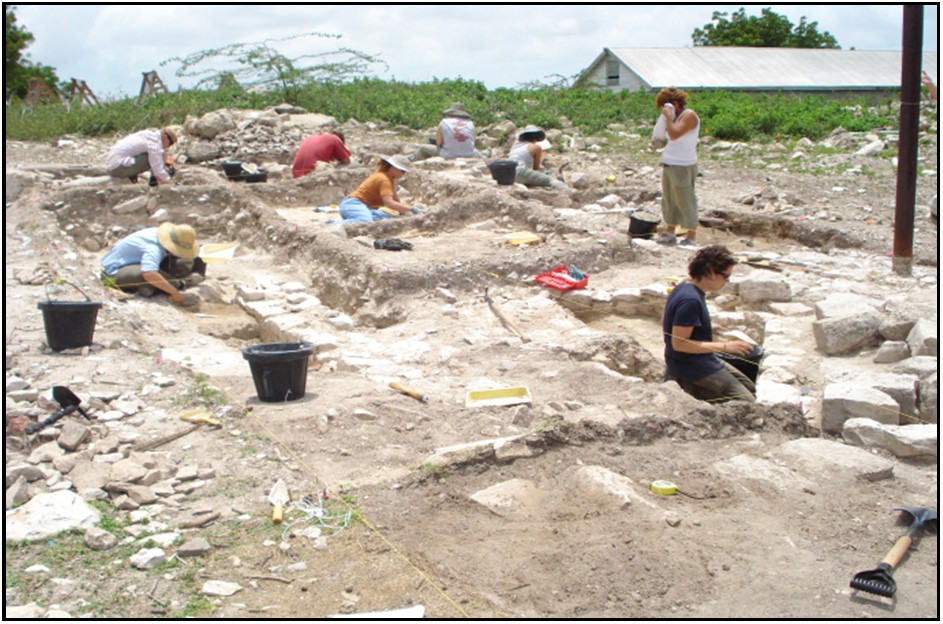
Betty’s Hope was organized much as other large plantations. The Buff House was where the owner and his or her family lived. It was called The Buff because it was the highest point on the plantation, so that those who lived there could monitor the work of the estate. If there was a manager in addition to the owner, then there was a Manager’s House as well. At Betty’s Hope, the canfields were to the south. The mills were easily accessible from the canfields but also close to the owner’s house, with a roadway in between. From the mill, the cane was taken to the mill yard, then into the boiling house and from there to the curing house and, if rum was a product of the particular plantation, to the still house. The water catchment and cisterns were behind the Buff House, while the horses were kept further away, near the Groom’s House. An extensive slave village was to the north and west of the buildings.
Betty’s Hope is one of only two estates in Antigua that were owned by one family, the Codrington’s, from the 1600s to the 1940s. The other family is the Tudway, who owned Parham Hill and additional surrounding estates. The Codrington papers are in the National Archives of Antigua and Barbuda while the Museum has microfilm reels of the Tudway Paper.
